Cargando...
Recursos educativos
-
Nivel educativo
-
Competencias
-
Tipología
-
Idioma
-
Tipo de medio
-
Tipo de actividad
-
Destinatarios
-
Tipo de audiencia
-
Creador
Lo más buscado
- Experimento Torricelli
- Múltiplos de 7
- Actividades imprimibles para primaria
- Ejercicios griego
- Reported speech
- Experimentos
- Caligrafía para imprimir
- Nacionalismo y liberismo
- Desarrollo emocional adolescencia
- Tic en el aula
- Letras B
- experimentos para niños
- Letras J
- Geografía de España
- Ejercicios escolares para niños de 10 años
-
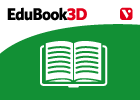
El arte del siglo XIX en España y en Valencia
EduBook Organización
- 3109 visitas
Durante este período, España siguió la estela de las tendencias artísticas europeas. En cada movimiento se encuentran valiosas aportaciones de arquitectos, escultores y pintores españoles, pero…
-
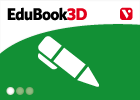
Contesta. "Pop art"
EduBook Organización
- 1 lo usan
- 2917 visitas
¿Cuáles son las principales temáticas del Pop art? ¿Qué cualidades debía tener una obra Pop según Richard Hamilton?
-
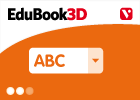
Final Autoevaluation 1.06 - Plant nutrition
EduBook Organización
- 3115 visitas
Match the parts of the leaf from the previous activity to their functions or features: Where photosynthesis takes place. Where gas exchange takes place and where water is lost. Water and minerals are…
-
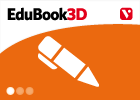
Check. The formation of seeds and fruits
EduBook Organización
- 3107 visitas
Remember what you have studied in this section and answer the questions: Make a table showing the parts of the flower that fall off and those that remain after fertilisation. With a classmate define:…
-
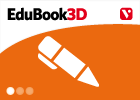
Check. Fertilisation
EduBook Organización
- 3105 visitas
Look at the pictures and answer the questions: What animal is this? What type of fertilisation is characteristic in this animal? How does the embryo develop? In reproduction on land, what are the…
-
End-of-unit activities - The natural environment. Ecosystems
EduBook Organización
- 3110 visitas
Most of the energy used by living things originally comes from sunlight which is trapped by autotrophs (or producers). This energy is then transferred from the producers to all other living things…
-
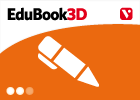
Calculate. Forces
EduBook Organización
- 3113 visitas
Remember what you have studied in this section and answer the questions: A dynamometer has a spring with a modulus of elasticity k = 150 N/m. What force will be required to extend it 30 cm? Calculate…
-
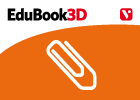
Energy consumption in the home
EduBook Organización
- 3117 visitas
The chart shows the breakdown of the consumption of electrical energy of a household of four people. For example, 18 % of the electricity is used for lighting. What percentage of the electricity…
-
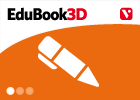
Think about it. Waves
EduBook Organización
- 3108 visitas
Remember what you have studied in this section and answer the questions: With a classmate, make a list of other objects that oscillate like a pendulum. Compare your list with the class. What is the…
-
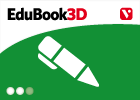
Check. Women and the French Revolution
EduBook Organización
- 3111 visitas
Remember what you have studied in this section and answer the questions: Which social reforms introduced during the Revolution benefited women? Make a list of the social classes and professions of the…
Te estamos redirigiendo a la ficha del libro...













